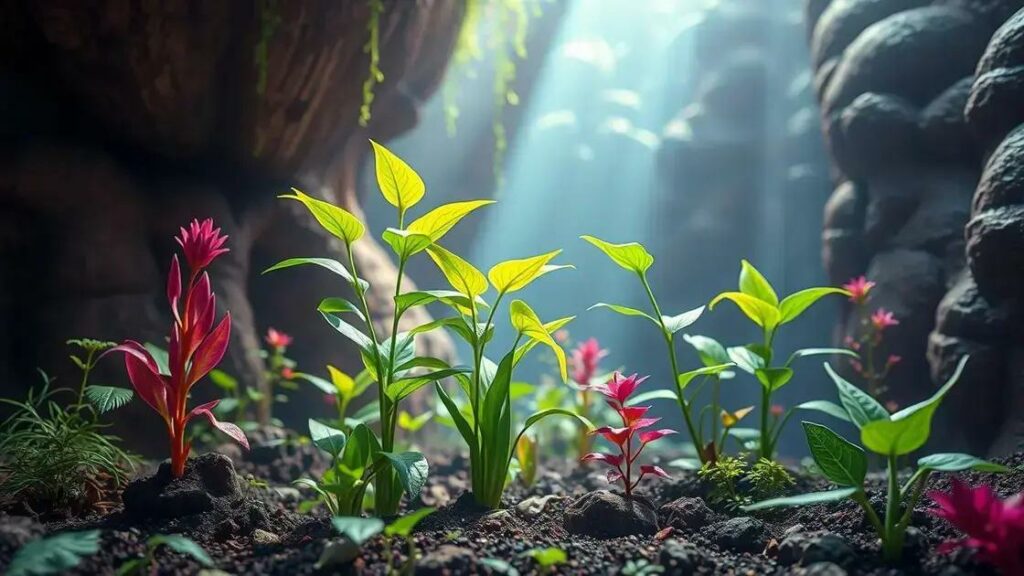How to care for fly trap plants may seem complex, but with the right techniques, you can cultivate a thriving environment for these fascinating carnivorous species. From ensuring they receive adequate light to providing suitable soil conditions, each aspect plays a vital role in their care. Join us as we explore the essential tips that will elevate your understanding and practice of nurturing fly trap plants.
Table of Contents
ToggleUnderstanding the watering needs of fly trap plants
Understanding the watering needs of fly trap plants is crucial for their health and growth. Fly trap plants, like other carnivorous species, require specific watering techniques to thrive.
Watering these plants correctly ensures they receive the moisture they need without becoming waterlogged. Here are key points to keep in mind:
Choosing the right water
- Opt for distilled or rainwater: Fly trap plants are sensitive to minerals found in tap water. Using distilled or rainwater helps prevent complications.
- Avoid hard water: Hard water can lead to mineral buildup, which can harm the plant over time.
Establishing a watering routine
- Water frequency: Check the soil moisture regularly. Generally, fly traps enjoy moist soil but should not be soggy. Water them when the soil begins to dry out.
- Monitor during growth peaks: During the growing season (spring and summer), these plants may require more frequent watering compared to their dormancy period in fall and winter.
Watering techniques
- Top watering: Gently pour water over the soil surface without flooding the traps.
- Bottom watering: Placing pots in a tray of water allows the roots to absorb moisture from the bottom up.
Additionally, factors such as indoor humidity and temperature can influence watering needs. Gardens with higher humidity may require less frequent watering.
| Water Type | Benefits |
|---|---|
| Distilled water | Removes harmful minerals. |
| Rainwater | Natural source, rich in nutrients. |
| Tap water | Can lead to mineral buildup. |
For further guidance, consider exploring indoor gardening techniques to improve your skills in caring for these unique plants.
Sunlight requirements for optimal trap performance

Sunlight requirements for optimal trap performance are essential to the growth and health of fly trap plants. These unique species rely on sufficient light to thrive, capturing prey effectively in the process.
Understanding their sunlight needs can significantly boost trap performance, leading to robust plants:
Identifying ideal light conditions
- Bright, indirect light: Fly traps thrive in bright, indirect sunlight for about 12 hours a day. Direct sunlight can scorch their leaves.
- Artificial lighting: For indoor growers, using grow lights that provide full-spectrum light can substitute natural sunlight, especially in winter months.
Signs of adequate sunlight
- Vibrant color: Healthy fly trap plants display bright green hues. Faded or yellowing leaves may indicate insufficient light.
- Active traps: A well-lit plant will actively open and close its traps, preparing to catch insects.
Adjusting light exposure
- Gradual exposure: When moving plants outdoors, increase sunlight exposure gradually to prevent shock.
- Indoor placement: Position plants near south or west-facing windows where they can receive ample light.
| Lighting Source | Advantages |
|---|---|
| Natural sunlight | Free and rich in full-spectrum light. |
| Grow lights | Can be adjusted for seasonal changes and are particularly useful in low-light environments. |
To learn more about nurturing your fly trap plants effectively, consider exploring indoor gardening techniques that can enhance your growing skills.
Troubleshooting common fly trap plant problems
Troubleshooting common fly trap plant problems is essential for maintaining healthy and thriving plants. Even with the best care, you may encounter issues that can affect their growth and performance.
Identifying problems early can ensure your fly trap remains vibrant and effective in catching prey. Here are typical issues and their solutions:
Common issues faced by fly trap plants
- Brown or black traps:
- Cause: Overwatering or lack of sunlight. Ensure proper watering techniques and sufficient light exposure.
- Solution: Adjust watering schedule and move plants to an area with adequate indirect sunlight.
- Wilting leaves:
- Cause: Underwatering or low humidity levels. Fly traps require consistent moisture.
- Solution: Increase watering frequency and consider using a humidity tray.
- Slow growth:
- Cause: Poor soil quality or limited nutrients. These plants thrive in nutrient-poor conditions; however, they still require a suitable growing medium.
- Solution: Use a mixture of sphagnum moss and perlite to provide the right environment.
Repairing damaged traps
- Assess the damage: Determine if the traps are dead or simply dormant.
- Trim dead leaves and traps: Use clean scissors to prune away any unhealthy parts. This helps the plant redirect energy towards new growth.
- Provide optimal conditions: Ensure that light, humidity, and watering needs are met.
Regular checks and maintenance
- Inspect plants weekly: Check for signs of pests or disease.
- Maintain cleanliness: Remove debris and dead foliage to prevent mold and pests.
- Record observations: Keep a journal of watering schedules, sunlight exposure, and any problems to enhance future care.
For additional tips on maintaining a successful garden, consider exploring indoor gardening techniques that can help you troubleshoot more effectively.
In conclusion
Caring for fly trap plants is both rewarding and crucial for their health and performance. By understanding their watering needs, sunlight requirements, and troubleshooting common problems, you can ensure that your fly traps thrive in your indoor garden. Remember, observing your plants closely will help you identify any issues early on, allowing you to provide the best care possible.
For further insights and tips on enhancing your indoor garden, explore reputable resources that can help expand your knowledge and skills in plant care.

